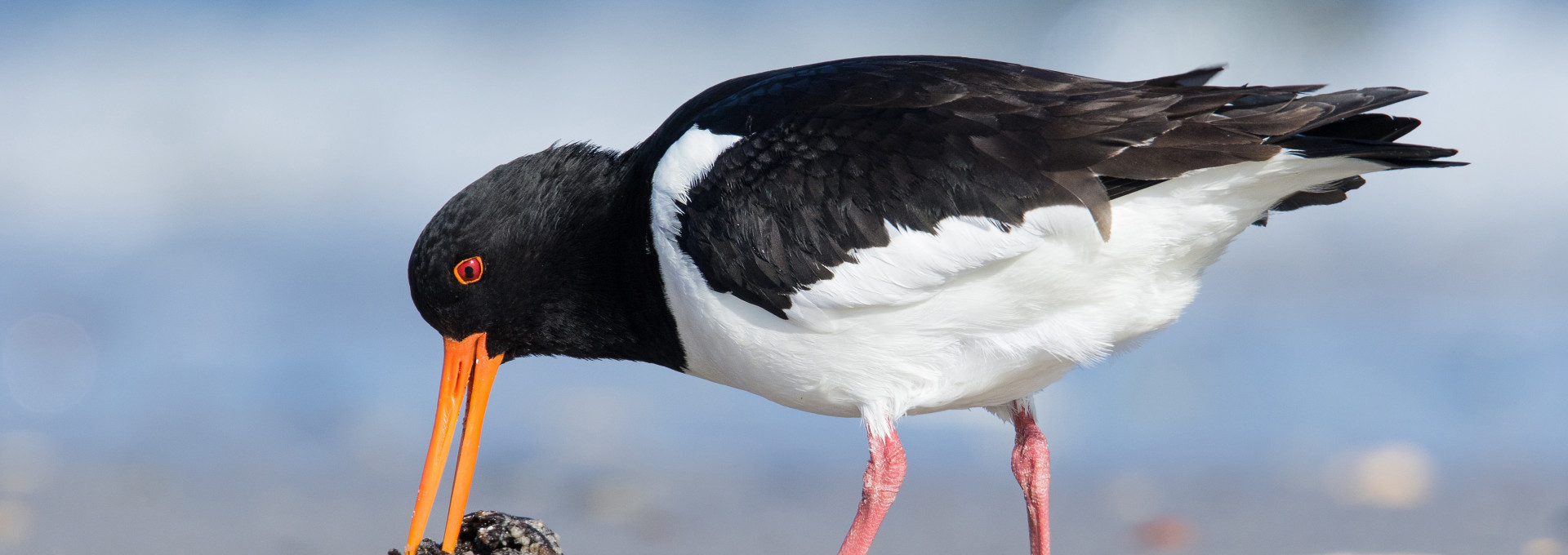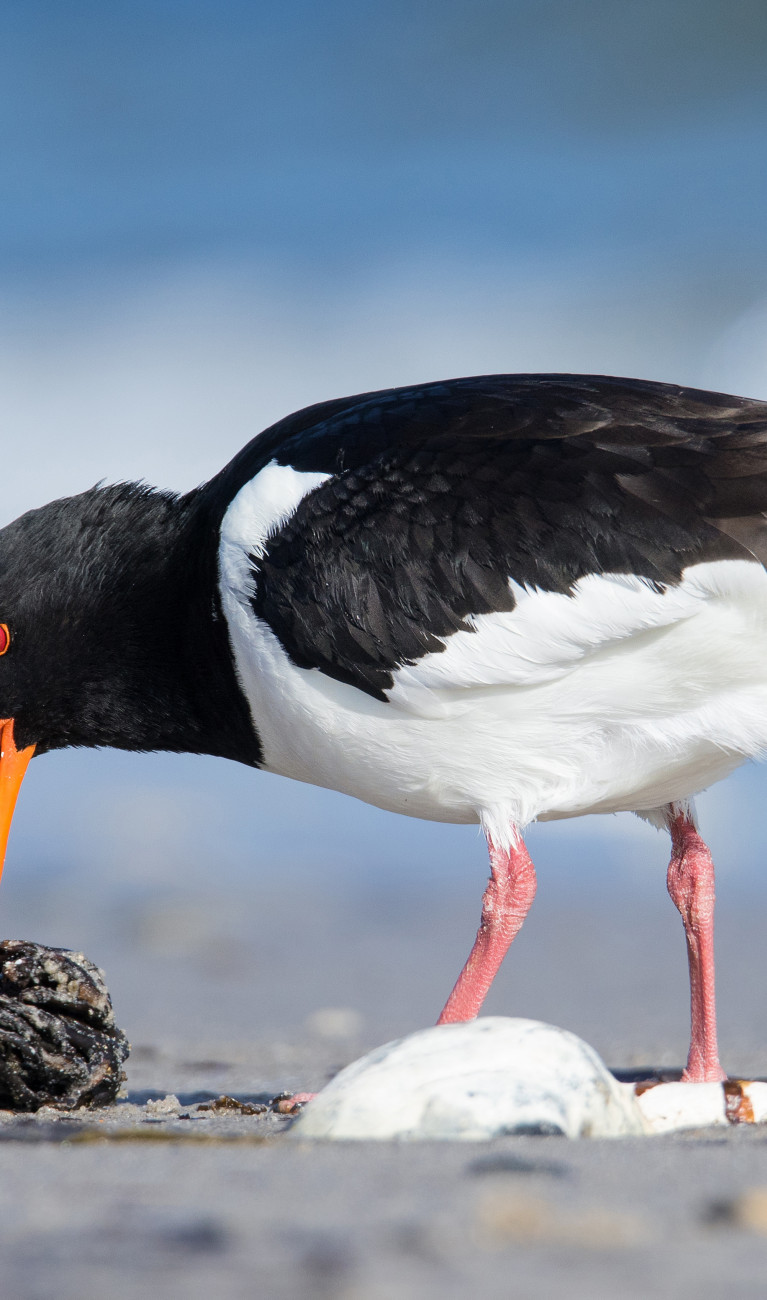



Global warming is also causing the water temperature in the North Sea to increase. This has consequences: some animal species are retreating or struggling with the changing conditions, while others are benefiting.
More than 10,000 animal and plant species are living in the Wadden Sea. It’s no accident that this region, shaped by the tides and extending along the coasts of the Netherlands, Germany and Denmark, has been a UNESCO World Heritage Site since 2009. Millions of birds use its rich food supply while resting or nesting there.
But the flora and fauna are changing. The water temperature in the North Sea has risen by an average of 1.7 degrees Celsius since 1962. Higher temperatures affect marine animals. Those that prefer lower temperatures, such as the eelpout, will migrate away. Cod larvae mature earlier, when there isn’t enough food for them yet. Populations of certain mussels are depleted because their predators thrive especially well in mild winters. This in turn affects the birds that feed on such mussels.
In contrast, species that prefer higher temperatures and have been introduced into the region by planned or accidental human activity can spread. For example, the erstwhile mussel beds are now home to many Pacific oysters that successfully compete for food with native species.